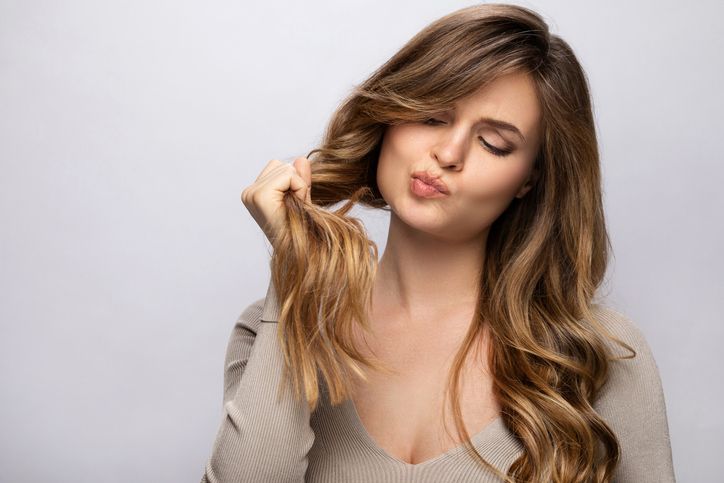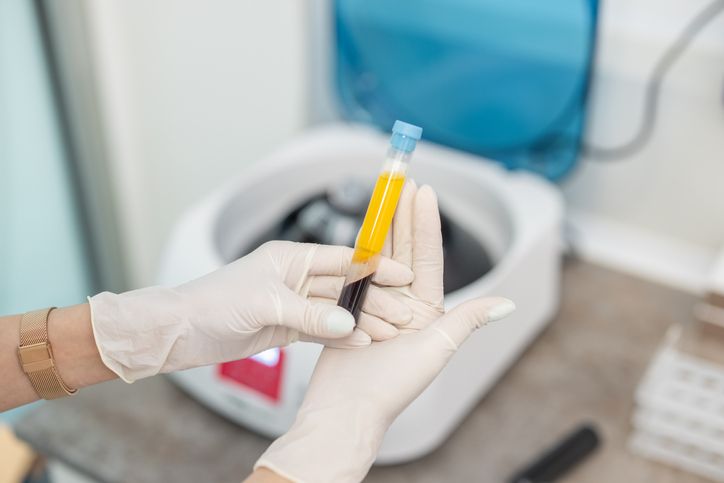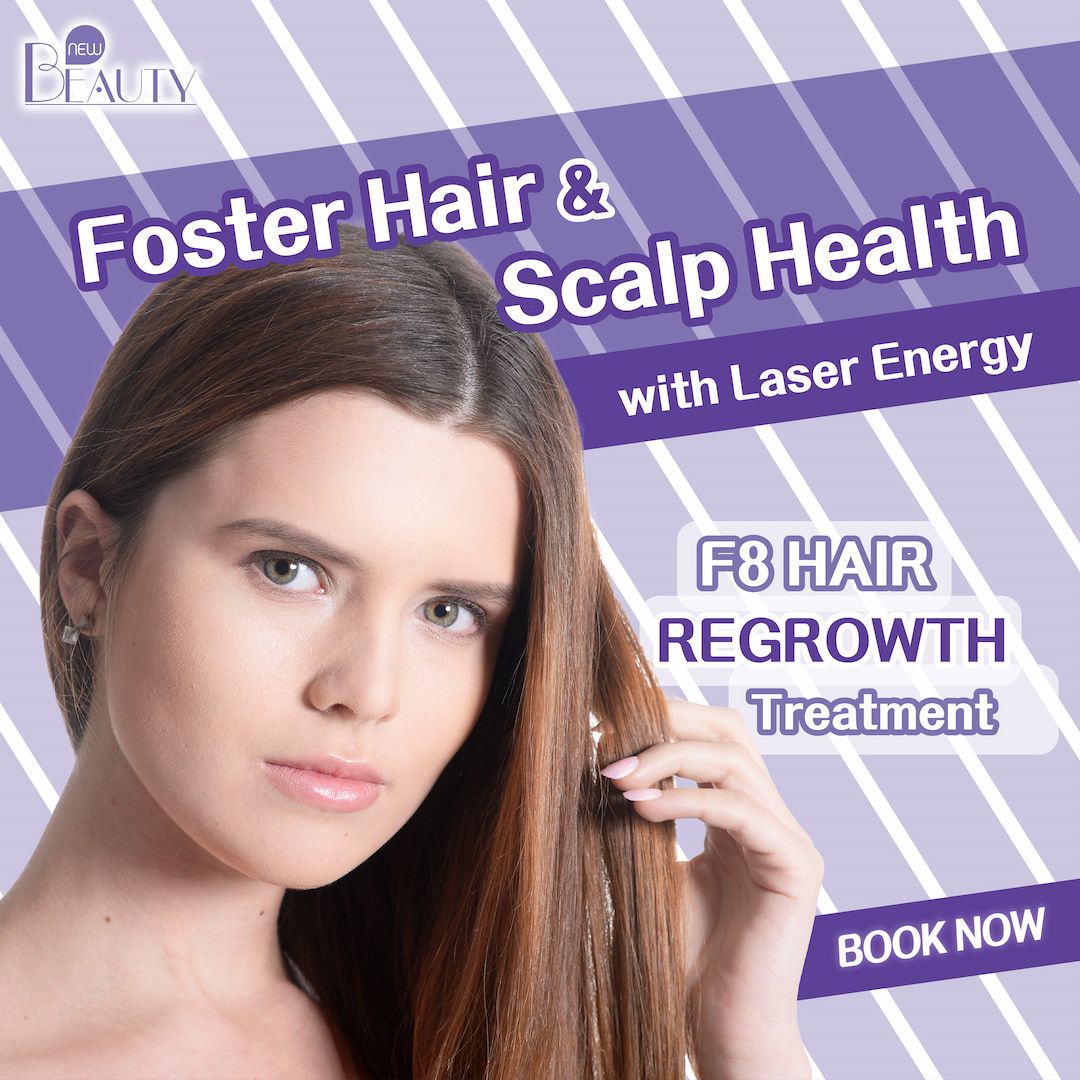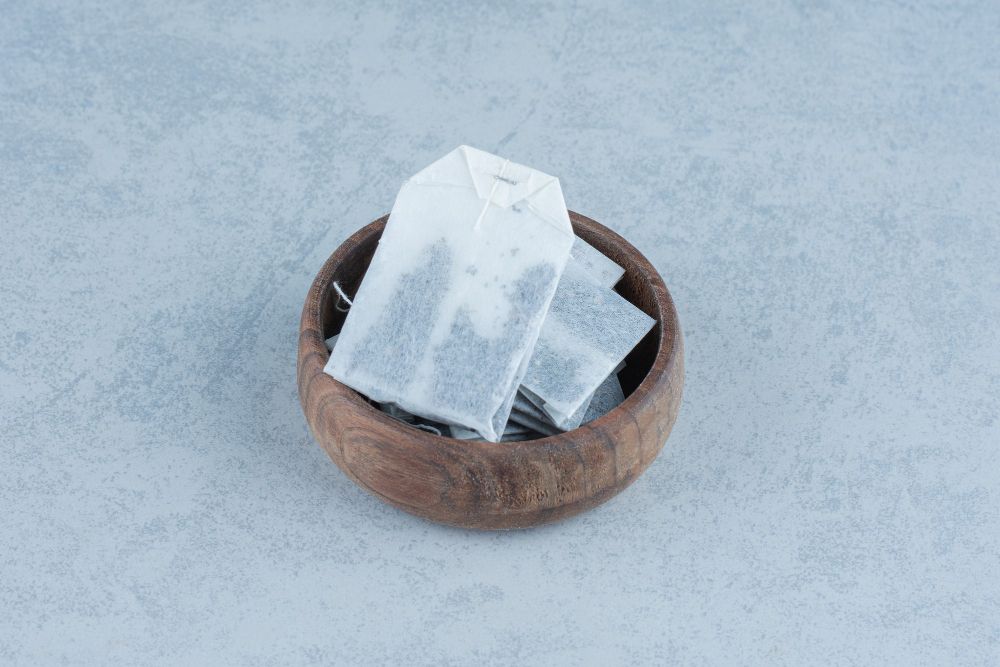

Book Now to Experience
F8 Hair Regrowth Treatment
1 Minute Self-Registration
Date should not be before minimal date
Author: Puteri Fikri|Updated: 23 July 2024
Have you ever looked into the mirror and wondered where that curly thick luscious hair goes? Being born with such thick hair is never guaranteed to stay that way throughout your lifetime. According to social standards, full thick silky smooth hair is considered the best version of hair a woman can own. It is natural for anyone with such high hair density to be considered the god's favorite. However, you should not worry too much as this can be subjective. What you can do to overcome thinning hair is to identify what is the root cause. By blindly choosing the hair treatment going viral or in trend, you could lose money instead of gaining hair, as hair treatment is money and time-consuming. In general, a person will know when they are having a hair loss situation as their hair density will be lessened and their hair growth rate will be slower. The hair loss cure can be tiring and a long road you must go before finding what is suitable for yourself. Many options are available now, along with the millennial era, which gives you both modern and traditional solutions. Female pattern hair loss can be significantly different than males as they undergo gradual thinning instead of baldness.

1
Hair loss treatments

For instance, there are medication options, finasteride, laser hair treatment, platelet-rich plasma (PRP) or hair transplant surgery to treat hair loss and regrowth. Knowing your goals and budget allows you to choose or combine any treatment to get the best results.
Topical minoxidil
The most common medication to prevent further thinning hair is topical minoxidil. Topical minoxidil inhibits hair thinning and promotes the development of new hair.
Alopecia areata
Alopecia areata is an autoimmune disease in which the body's immune system attacks healthy tissues like the hair follicles, telogen effluvium, in which hair falls out all over the scalp due to an interruption in the body's cycle of hair production. Anagen effluvium, or rapid hair loss brought on by medication, are just a few of the many types of hair loss that this medication can treat. To date, this medicine does not explain how it reduces hair loss, but it works wonders for the majority. According to the percentage, you will be suggested the suitable concentration of minoxidil.
How to use it?
For optimal effects, apply minoxidil straight to the scalp twice daily. It is available as a foam or a liquid. The time it takes for the hair to noticeably thicken might range from four to a year. Shedding may increase for a month or two as soon as the drug is started. Dermatologists compare current photos with those taken at the beginning of therapy and count the number of new hairs on the scalp to determine how well the medicine functions after six months. Treatment can go on indefinitely if you're happy with the results. Often, hair loss returns after treatments are discontinued.
Another plus point for this cure is that the side effects are minimal, but they could cause unwanted hair growth, like facial hair and cause redness and irritation of the scalp.
Oral finasteride
A prescription drug called oral finasteride is available for males with androgenetic alopecia, also known as male pattern hair loss. Inhibiting the body's synthesis of a hormone that damages hair follicles is how finasteride lowers the pace of hair loss and promotes the creation of new hair. The best results are obtained when this drug is consumed once a day.
Finasteride begins to act after approximately four months, but it could take up to a year to see noticeable hair growth.
After six months, your dermatologist evaluates this development to decide whether to continue treatment. If the medication has the desired effect, the patient may continue receiving treatment indefinitely. If the drug is stopped, hair loss could return.
Different treatments are employed for hair loss brought on by autoimmune diseases as opposed to hair loss brought on by hormones. When people have an autoimmune disease, their body's immune system targets healthy skin, organs, and tissues. The body occasionally eliminates healthy hair follicles.
People with alopecia areata, lichen planopilaris, and discoid lupus erythematosus are treated with corticosteroid medicines. The consequences of an autoimmune disease can be offset by these immune system suppressors, allowing hair to grow.
A prescription is required for all steroids, including topical applications and injections. For children that require this treatment, the topical steroid cream can be applied to the skin or scalp, but for adults, the steroids will be injected into the skin or scalp.


2
Laser therapy stimulates hair growth; is it worth the hype?

Laser therapy for hair loss can be categorized into two options: low-level laser therapy or laser combs. Low laser therapy is cutting-edge, non-surgical method of treating hair loss that boosts the growth of hair follicles by stimulating cell growth.
This light therapy usually has full scalp coverage and does not just target a specific area. It enhances hair volume and beauty while preventing hair loss. Both the therapy and its adverse effects are without pain.
The FDA has approved this therapy as a hair loss treatment for both sexes. It is primarily used to treat male or female pattern hair loss, also known as androgenetic alopecia. This light therapy aims to increase hair growth and improve scalp health.
The low-level laser device can promote tissue repair, and the visible red light laser can penetrate the scalp. The most typical cause of hair loss in men and women is androgenetic alopecia, a hereditary disorder that shrinks and makes hair follicles dormant before completely halting hair development.
How does low-level light therapy work?
A specific wavelength of the laser light employed in this therapy can absorb the molecules in the hair follicles. In numerous ways, the light aids in transitioning hair follicles into the growth stage. When it enters the scalp, it activates stem cells that regenerate hair follicles, promoting hair growth. Promoting faster hair growth also increases ATP synthesis and cell metabolism.
When the light increases the blood flow in the targeted area of the scalp, more nutrients and oxygen are delivered to the hair follicles, which causes the hair to grow longer and thicker.
What to expect with this treatment?
When it comes to treating thinner, weaker hair follicles, low-level laser therapy is highly effective. It has been demonstrated to support thicker, stronger, and healthier hair growth. And can significantly enhance the appearance and volume of the hair.
In several studies, low-level laser therapy assisted 85% of patients receiving treatment to slow down or even stop hair loss. In 55% of the cases, patients also noticed new hair growth. However, these results are achieved with repeated treatments.
This treatment is ineffective in cases where baldness has been present for a long time. Since there are no hair follicles to stimulate, it cannot make areas of the scalp where there is no hair growth. This low-level laser therapy does not affect hair follicles that are already dead and only works on active hair follicles.
Laser comb
Although you can not keep your hopes too high on this product, according to a study, about 17% of users can notice a reduction in hair loss after using the comb.
People have used traditional, analog brushes and combs to comb their hair for years. It wasn't until recently that we advanced and started employing technology like lasers for otherwise straightforward things.
Save your hair follicles.
They may have expectations that seem like they belong in a science fiction film, but they exist. This handheld device will utilize the lasers to revive and restore the hair follicle. In a way, this comb helps to protect the hair follicle before it is too late.

3
Medical treatments for hair loss

Platelet-rich plasma (PRP) treatment
Platelet-rich plasma is made up of two components: platelets, a type of blood cell that is crucial to overall bodily repair, and plasma, the liquid portion of blood. In addition to their well-known clotting properties, platelets also contain growth factors that can promote cell proliferation, encourage tissue regeneration, or hasten healing in the treated area. Simply said, platelet-rich plasma is the blood that has more platelets than usual.
What is the process for this procedure?
Clinicians draw a blood sample from the patient and place it into a centrifuge, which spins the sample, isolating the platelets from the other blood components and concentrating them inside the plasma. This process produces platelet-rich plasma.
Although this is not a permanent cure for conditions that cause hair loss, it will give significant improvement with consistent sessions. The results may vary depending on the person's and initial hair conditions.
Side effects
With this treatment requiring blood withdrawal, there are several risks that one may face during this treatment; they will be having mild pain, scalp irritation, swelling, itching and temporary bleeding at the injection site.
This treatment typically will be conducted in three sessions within three months. With the gap of each treatment being one month, the scalp can show improvement in the period. The cost can be higher than the other treatments mentioned before. Other treatments like certain medications, laser treatment and topical treatment often accompany this treatment.
Hair transplants surgery
Thanks to one significant development, results today can look natural. Most surgeons now transplant a handful of healthy hairs at a time. Patients no longer experience the unnatural doll-like hair prevalent in the 1970s and 1980s. Back ago, thinning areas were covered with chunks of hair, known as hair plugs. The hair plugs eventually were very obvious.
Enhancements to the hairline and placement of the hairs in the thinning areas also aid in producing outcomes that look more natural, thicker hair.
Will anyone be able to tell you that you had a transplant surgery?
Because of these developments, the results sometimes appear so natural that a barber or stylist would not know you had any work done. Anyone can choose this hair transplant treatment if they have enough healthy hair to be transplanted to the thinning area and can regrow the hair back. You will undergo a thorough inspection before settling with this treatment to treat hair loss. This is because this treatment costs the most of all hair loss treatments, so your doctor will ensure you get the best results.
What should you be expecting during a transplant surgery?
A hair transplant should take four to eight hours to complete. You might have to come back the following day for a few hours if you have a significant hair count to be transplanted.
Most people awake throughout the entire procedure and require a scalp anesthetic. To aid in relaxation, some patients additionally take a moderate sedative.
Your dermatologist will first remove the healthy hair before starting the procedure. Your dermatologist may remove the healthy hair by cutting a strip of skin from your scalp that has healthy hairs or by removing individual hairs to give you results that seem natural.
You must wonder when you would expect natural thick hair after this costly treatment. Most patients see hair regrowth between six to nine months after the surgery. There are also cases where the hair will fall out after two to eight weeks after the surgery.


4
Home remedies for hair loss

Coconut oil
By deeply permeating the hair shaft to stop protein loss, which reduces breaking, coconut oil slows down hair loss for people with fine or thinning hair. It simultaneously hydrates and eliminates debris from the area around your hair follicles when applied to your scalp to promote hair regrowth.
You can warm up two to three teaspoons of coconut oil and apply them onto your scalp, massage gently and leave them overnight. If you are in a rush, twenty minutes can be sufficient and rinse them with a mild shampoo. This treatment can be repeated twice a week to get the best results.
Together, science and firsthand knowledge imply that essential oil guards against hair loss, especially caused by male- or female-pattern baldness.
After a bath or shower, massage your scalp evenly with 5 drops of rosemary essential oil and one teaspoon of carrier oil (such as jojoba oil or coconut oil).
Remember to start small and check your scalp's reaction.
Don't add too much, and be safe. Limit the number of drops to five per ounce of product. Use the product as usual after that. When applying a dollop of any hair product on your hand before usage, you can add 2 to 3 drops directly to the product.
Thinning hair and hair shedding can be a worrying occurrence to some. They will either be expecting severe hair loss or temporary hair loss, depending on the cause and treatments. Due to factors like family history, immune system, high blood pressure, and medical conditions that cause hair loss, you must identify them to find the suitable hair cure that works for you.
FAQ
Is there a definite treatment for hair loss?
Because the underlying causes of hair loss vary considerably, there is no one-size-fits-all solution. There are, however, a number of therapies that can help slow or eliminate hair loss and even boost hair growth.
Is it possible to reverse hair loss?
In certain circumstances, hair loss can be reversed. For example, if hair loss is caused by a medical condition or medication, treating the underlying reason can aid in hair loss reversal. Certain types of hair loss, such as androgenetic alopecia, are permanent and irreversible.
What are the most effective hair loss treatments?
The most effective hair loss treatments are determined by the underlying reason of the hair loss. Topical minoxidil, oral finasteride, and hair transplant surgery are all typical therapies.
Are there any natural hair loss treatments?
Natural cures for hair loss include applying essential oils, massaging the scalp, and taking supplements such as biotin and vitamin D. However, the efficacy of these cures varies, and they should not be utilized in place of medical care.
How long does it take for hair loss treatments to produce results?
The time it takes for hair loss treatments to produce effects varies based on the treatment and the individual. Certain treatments, such as topical minoxidil, may take many months to produce visible benefits. Hair transplant surgery may necessitate multiple sessions spread out over a year or more before complete results are obtained.

Book Now to Experience
F8 Hair Regrowth Treatment
1 Minute Self-Registration
Date should not be before minimal date
Recommended Articles
COPYRIGHT© NEW BEAUTY MANAGEMENT LIMITED 2025. ALL RIGHT RESERVED.




